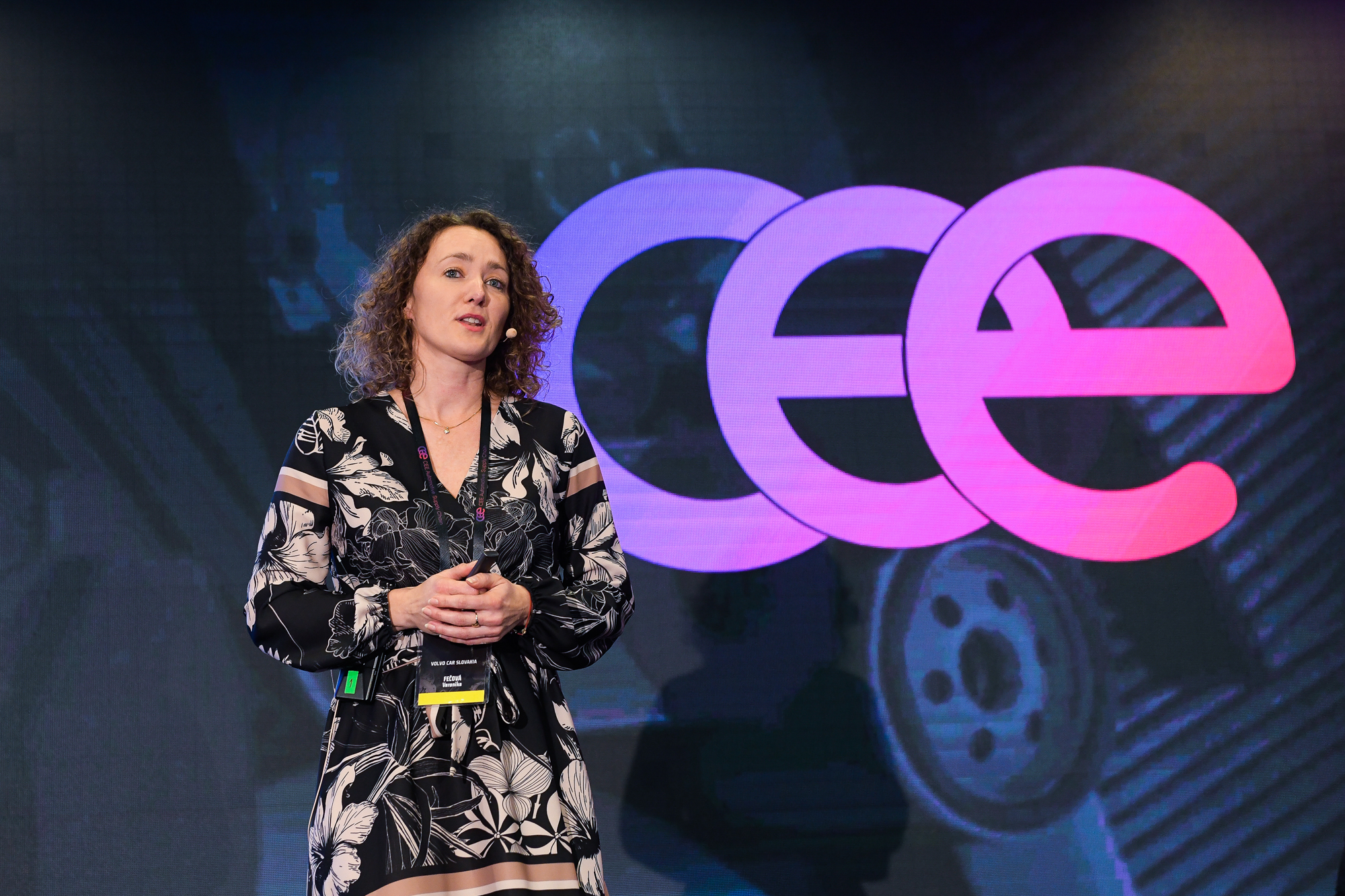The European legislation requiring the sale of zero CO2 cars from 2035 applies only to new vehicles. Cars purchased until then with internal combustion engines can continue to run on petrol and diesel. There are no shortage of them and there will not be for a long time. Cleaner fuel alternatives already exist for them too, but each has a catch.
Anyone who is truly serious about environmental protection must not just offer restrictions on new cars, but must seek solutions for the 1.3 billion vehicles in use worldwide, the vast majority of which have an internal combustion engine. The fight against climate change is a global issue, so it requires a global solution.
It is already possible today to fill up with fuels that deliver significant reductions in carbon dioxide emissions and health-harming substances without incurring excessive costs.
In our review of the other alternatives offered by the state of the art, we omit the key criterion of price or running costs. In addition to the method of production, the price of fuel is determined to a decisive extent by the tax burden and other charges. Moreover, we have seen over the last year how long-term calculations can very easily become irrelevant. And, of course, technological advances are changing pricing – what seems unrealistic today may be commonplace in a few years’ time.
Benefits of biogas
Natural gas fuels more than 23 million vehicles worldwide. It significantly reduces emissions of hydrocarbons, carbon dioxide, nitrous oxide and other greenhouse gases. Natural gas vehicles emit almost no particulate matter or volatile organic compounds, and leaks do not contaminate the soil.
Natural gas engines in compressed (CNG) or liquefied (LNG) form provide performance comparable to conventional diesel or petrol engines and are an ideal alternative, especially for trucks, buses or municipal vehicles.
Even more significant reductions in climate burden can be achieved by using renewable natural gas. This is produced from agricultural by-products and organic waste. It is therefore a biofuel that is virtually identical to fossil natural gas.
“There are 1.3 billion vehicles in the world, most of which have an internal combustion engine.”
The benefits of biogas are compounded by the fact that methane from landfills or wastewater treatment plants escapes into the atmosphere, where its global warming potential is more than 25 times higher than that of carbon dioxide. Therefore, capturing and processing methane for fuel is a very beneficial alternative, even though it is not entirely climate neutral.
From sugar cane and maize
The term biofuels is used to refer to fuels and blending components produced from biomass. Gaseous fuels are used directly as biogas or converted into liquid fuels. The large increase in biofuel production since the early 1980s has been driven by legislative measures and programmes aimed at reducing the use of fossil fuels in transport and getting rid of dependence on oil producers. Most biofuel consumption is in the form of blends with petroleum products.
Ethanol, a type of alcohol, is mainly produced from sugar cane or starchy plants. New technologies based on the use of biomass from cellulosic feedstocks are significantly reducing the carbon footprint, but this production is still very small. Perhaps the only example of a country where ethanol competes boldly with fossil fuels is Brazil. However, ethanol is also commonly encountered in this country, primarily in the form of E85 fuel, consisting of 85 percent ethanol and 15 percent gasoline.
HVO stands for hydrogenated vegetable oil. This biofuel is similar to diesel fuel, which is why it is also called renewable diesel or biodiesel. It is produced by hydrogenating waste lipids such as vegetable oils (rapeseed and palm), tallow or used cooking oil. Since last year, Čepro has also offered diesel with a 15 per cent HVO blend.
The vast majority of biofuel production uses raw materials such as sugar cane, corn, rapeseed or soya. These first-generation biofuels have little benefit for the climate, given the need to use diesel-powered agricultural machinery and fertilisers made from natural gas, which release nitrous oxide, a greenhouse gas that has 300 times more impact on the climate than carbon dioxide.
Excluding agricultural land only
Worse still, the growth in demand for biofuel crops has damaged biodiversity and increased water consumption and pollution. It has also exacerbated food shortages. European Directive 2003/30/EC on the promotion of the use of biofuels or other renewable fuels for transport has encouraged the clearing of tropical rainforests in Brazil, Indonesia and other countries to make way for soya and oil palm plantations. In the process, indigenous communities have been displaced, wildlife destroyed and vast carbon stocks in the rainforests released.
Sustainable biofuel production must use waste and residual feedstocks, especially used cooking oil and waste animal fats from non-food crops. But supplies of these are low in Europe, so 75 % of the quantities needed for biofuel production are imported. Imports from non-EU countries limit their ability to decarbonise their own economies.
Janet Ranganathan, who works on environmental technologies at the World Resources Institute, points out that limiting global warming in line with the Paris Climate Agreement requires a complete reduction in agricultural land use.
Producing biofuels from modern feedstocks is therefore essential to ensure minimal negative impact. Abandoned or degraded areas unsuitable for agricultural production, where the soil is susceptible to erosion by wind and rain, can be selected for growing non-food crops. The best candidates are developed cover crops that help water to infiltrate rather than run off. An example is carinata, a relative of rapeseed that produces an energy-rich, non-edible oil.

Laboratory production of e fuels is technically feasible, but large-scale industrial production will require huge investments. | Photo: KIT (Karlsruher Institut für Technologie)
Synthetic fuels
In the production of synthetic fuels, hydrogen is first produced by electrolysis of water using renewable electricity (that’s why they are called e-fuels). This green hydrogen is combined in a high-pressure catalyst with carbon dioxide extracted from the air and converted into various liquid hydrocarbons, called e-fuels, for example e-kerosene, e-methane or e-methanol.
The climate-neutral nature of e-fuels stems from the fact that they are produced using electricity from renewable sources and emit only as much CO2 as was previously removed from the atmosphere during production. Therefore, if the internal combustion engines already in operation were powered only by e-fuels, they would also be climate neutral.

Porsche and Toyota test synthetic fuels on race tracks. | Photo: Porsche AG
Synthetic fuels have two advantages: they can be stored for long periods and transported over long distances. Due to their high energy density and the fact that they can be transported at normal temperature and pressure, they can be produced worldwide and transported using existing technologies. In this respect, they also have an advantage over the direct use of hydrogen. E-fuels can be imported into Europe from parts of the world where renewable energy may be abundant. The only pilot industrial production of e-fuel so far is in Chile from the end of 2022 in a joint project between the Porsche car company and the Chilean company HIF (Highly Innovative Fuels). The other productions are so far only in test facilities.
“3 to 4 times more energy than an electric car is needed for the same operation of a conventional car powered by e-fuel.”
Proponents of electric mobility point to its high efficiency. And they are right: Unlike internal combustion engines, electric vehicles use almost all the energy fed into the battery for driving. In combustion engines powered by e-fuels, the electricity is used to produce fuel and, given the conversion process, the efficiency is logically lower. A conventional car powered by e-fuel requires three to four times more energy overall than an electric car for the same operation. However, this indicator is not necessarily the decisive one if we take into account factors other than purely technical ones. Moreover, for some modes of transport, no other CO2-neutral alternative will be available in the medium term.
It’s not going to be easy
Synthetic fuels are currently scarce and expensive to produce, not least because there is a lack of facilities for large-scale production of green hydrogen. However, they have been thoroughly researched and the scientific and technical knowledge to bring them to market soon is available. At present, it is mainly uncertainty that prevents their commercial production from taking off on an industrial scale. No one will invest billions of euros in a device that there is no guarantee that it can be used in the long term.
Hydrogen as fuel
The specific e-fuel is pure hydrogen. In transport, it is expected to be used mainly in electric vehicles, where fuel cells are the main source of electricity, but hydrogen can also be used as a fuel for internal combustion engines. The problem with hydrogen compared to conventional fuels is its relatively low volumetric heating value and high burning rate. It is not suitable for existing vehicles with internal combustion engines, as it requires certain design modifications. However, specially designed hydrogen combustion engines can be more efficient than conventional fuel engines. Hydrogen also requires new refuelling infrastructure, but this is also true for its use in fuel cells. However, hydrogen is not a completely emission-free fuel – it does not produce carbon dioxide, but the combustion of the mixture with air releases toxic nitrogen oxides. Despite these problems, specialists from many companies and universities (including CTU) continue to experiment with the use of hydrogen in internal combustion engines. The use of a mixture of hydrogen and biogas is also promising for reducing CO2 emissions.
We must also not forget that while e-fuels are carbon neutral, internal combustion engines using these fuels still emit toxic nitrogen dioxide and carcinogenic particles, which provides a strong argument for environmental activists to push for the most stringent form of the Euro 7 emissions standard.
In addition, the compromise recently found in negotiations between the European Commission and Germany, in the form of the possibility of producing cars with internal combustion engines after 2035 if they run on climate-neutral fuels, has another problem. This ‘concession’ requires a technical solution to ensure that new cars approved for e-fuels cannot run on petrol or diesel (or gas) of fossil origin.

Under the motto e Fuels for Future, Uniti, ADAC and ZDK have been testing a CO2-neutral Volkswagen Golf for a long time. | Photo: ADAC
How this will be ensured has not yet been determined, but it is likely that the infrastructure for e-fuels will have to be strictly separated from that for fossil fuels. Until operators of existing internal combustion engine vehicles are able to simply pump synthetic fuel as they are used to with traditional fuels, companies are unlikely to be incentivised to embark on large-scale e-fuel production.
Contact
Next articles and interviews
Next articles and interviews
+ Show











